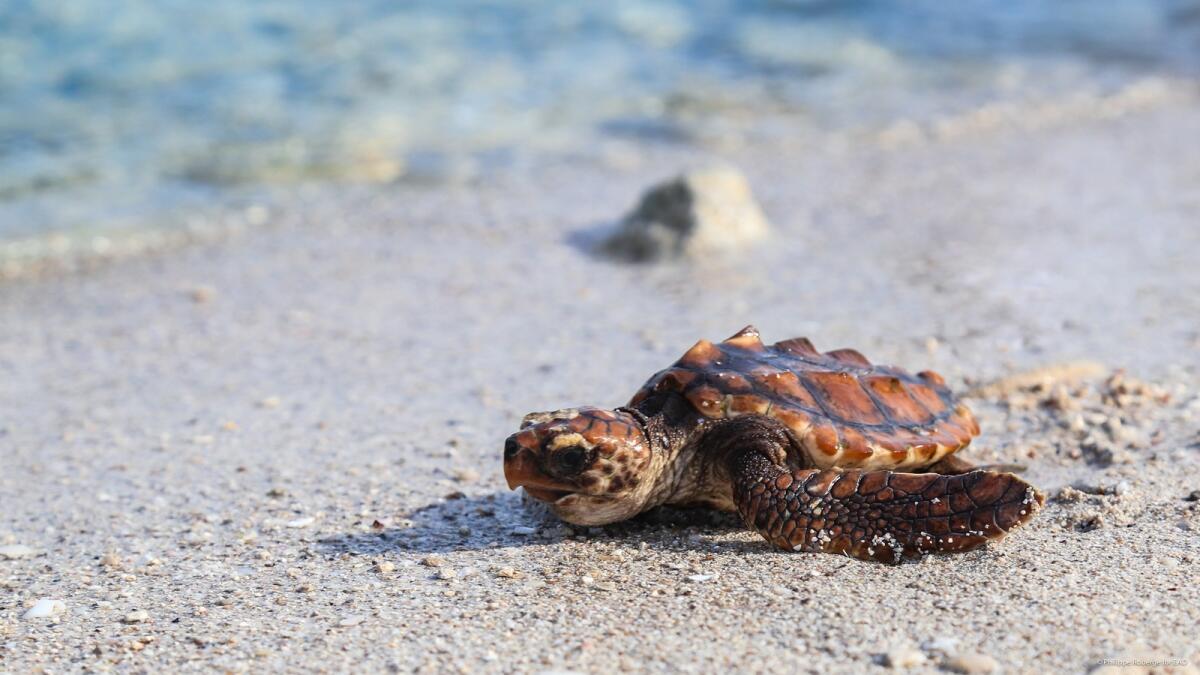Hundreds of sick or injured marine animals are receiving care at the Yas SeaWorld Research and Rescue Centre in Abu Dhabi. The centre, which opened in the first quarter of last year, is the largest facility in the region dedicated to marine research, rescue, rehabilitation, and return. It provides critical care to a variety of species, including sea turtles, dolphins, and endangered animals. The centre is equipped with marine wildlife rescue ambulances and a fleet of rescue boats to respond to marine emergencies.
Experts at the centre respond to distress calls received through a shared hotline with the Environment Agency – Abu Dhabi. They assess the situation and develop a rescue plan tailored to the specific animal in need. Marine wildlife rescue ambulances, with a capacity of up to 6,000kgs, are dispatched to the rescue location to assess the animal’s condition. The vehicles are equipped with specialized equipment and a team of experts, including veterinarians, animal care specialists, and rescue operations team.
The ambulances are specially designed to ensure maximum interior space and comfort for the animals. The vehicles are lined with sponge material to provide a comfortable environment for the animals, especially those with sensitive skin. The ambulances carry specialized equipment tailored to the needs of each rescue mission, including dolphin and dugong stretchers, water sprayers, and emergency response kits. The centre recently added new boats to its rescue fleet to accommodate a wide range of marine animals.
At the centre, a team of experts assesses the rescued animals for physical injuries and mental status using diagnostic equipment at the lab. For large animals like dolphins, the centre has a large animal anaesthesia unit for medical procedures. The team also uses an endoscopy machine equipped with a camera to check for foreign objects inside the animals. The centre provides specific accommodations for different species, including air and temperature-controlled rooms for birds and large pools for sea turtles.
Once the injured animals are back to full health, the rescue team prepares to transfer them back into their natural habitat. The team works closely with environmental authorities to ensure the safety and ability of the animals to survive in the wild. In rare cases where releasing the animal is not advisable, the centre commits to providing long-term care and supporting research and educational initiatives. Recently, the centre successfully rehabilitated and released a group of 14 hawksbill turtles back into their natural habitat.





















